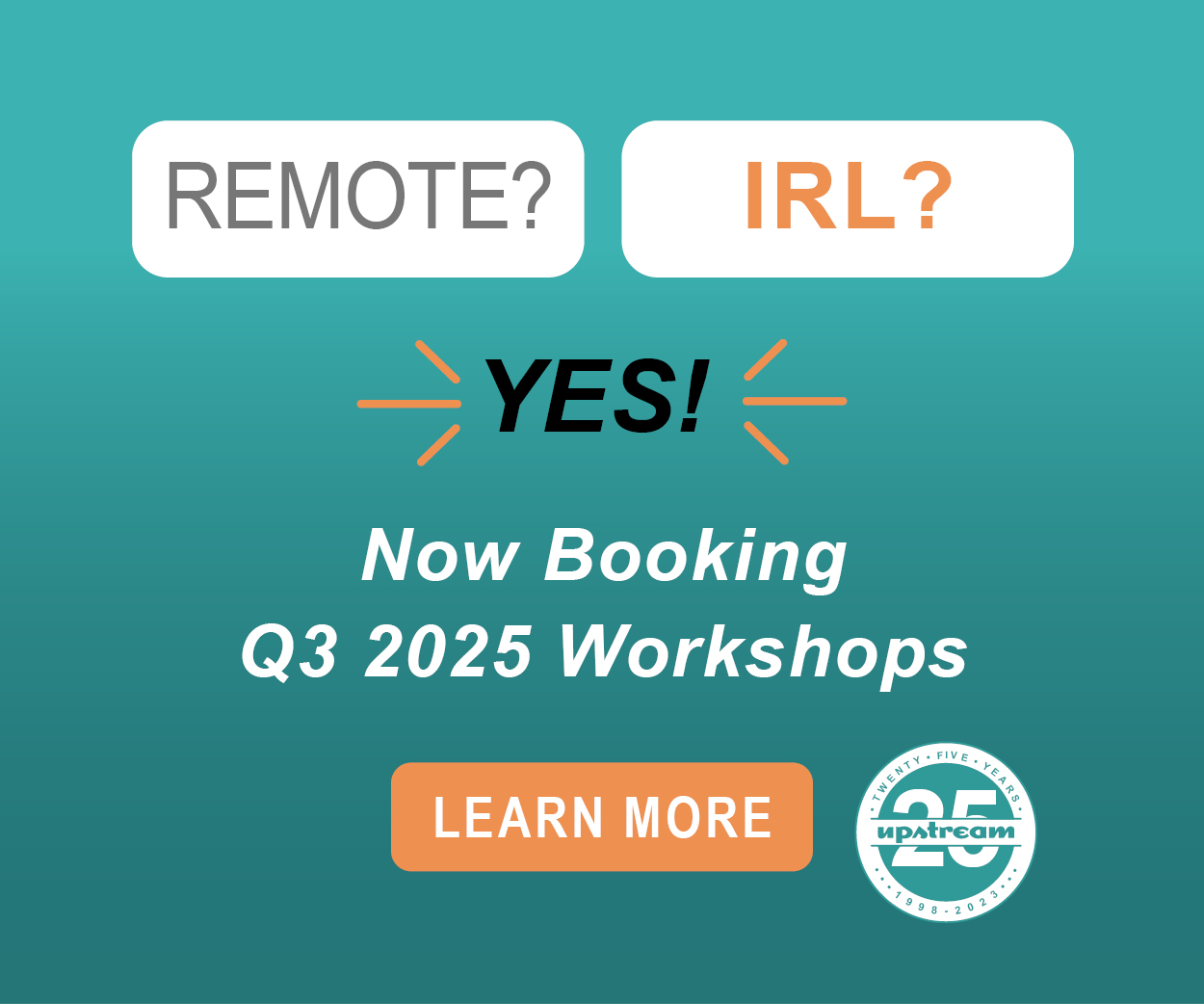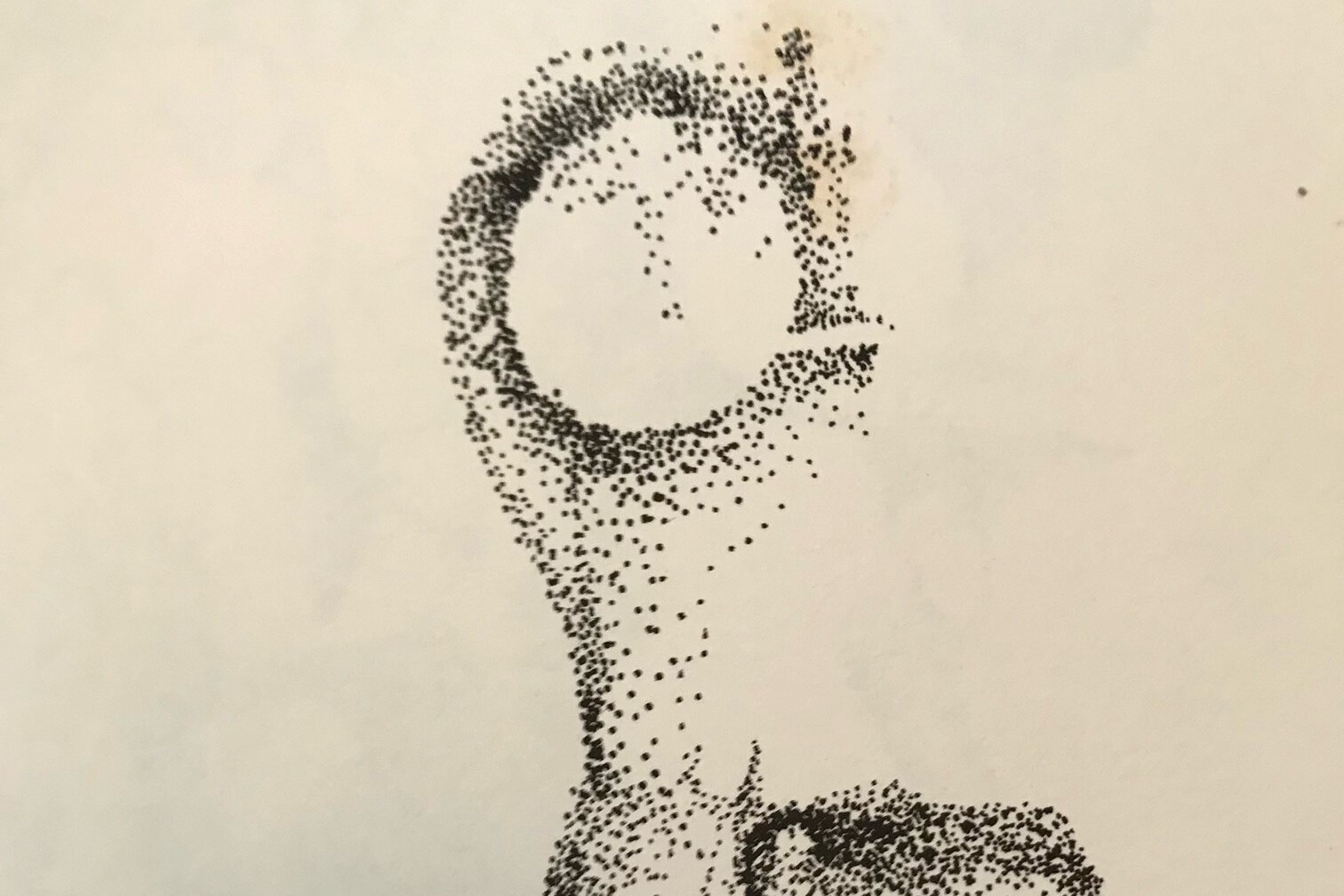Perhaps you’re freshly back from Cannes or already have a half dozen industry conferences behind you this year. In those environments you’re trying to make the market better for your sales team: Frictionless buying, data standards, uniform measurement and making sure your offerings fit in with the most recent agency/holding company data/buying mousetraps. Over time, if you’re successful, demand will improve: the market will get better, and budgets will grow.
But there remains an unanswered question: how will your team be better than the market?
Yesterday at 3:26 pm, on the shore of Lake Champlain staring at the dark side of the moon during totality, I found something truly worthy to share. What kept repeating in my head was. "Tell them to start looking at it from the other side." On this side of one's career, there’s a certain clarity about what has ultimately mattered, what and who have withstood the tests of time and circumstance.
Once your would-be customer has vanished into the mist, it may be too late to do anything about it. They’ve likely disappeared because they either weren’t serious about your offer in the first place, or for some reason no longer are. But that doesn’t mean you shouldn’t get closure. And it certainly doesn’t mean you couldn’t have prevented this from happening in the first place.
To be a seller is to advance a sale, not to go through safe, predictable motions. To visit a customer only hoping to be Top of Mind for some future hypothetical buy is to suffer the subtle bigotry of low expectations.
If there’s too much anxiety, disappointment, disconnection, blame and short-term thinking within your sales organization – or within your own personal sales career – you’re not alone. But the answer isn’t better management or oversight or organization. It’s leadership. From everyone.
Will you end up seeing any interim revenue If you form a proactive "bridge plan" for a key account in transition? Will these steps rescue your original buy? Can’t say. But the choice between proactive service and worried helplessness ought to be an easy call. Treat this current disruption as just one chapter in the relationship – as an opportunity to serve – and you’ll be making its foundation stronger. And how can that be a bad idea?
You can get anxious about the gap in your quarter. Or you can get busy. You won’t always close the gap, but how you go about it will always make you a better and more complete seller.
Perhaps there’s a friend in your life who shows up for you; not just with a kind thought or a supportive word, but ready to work. He’s someone you know will keep showing up, keep serving and doing for others, but he’ll do it with such humility and grace that … well, you might not completely appreciate him fully until the day he’s not there. For me that friend was Nick Johnson. And that day was today.
Too often, we not only ignore the implications of complexity, we actively conjure it up. We share dazzling flow charts and demos, packed with cylinders and data sources and lightning bolts. Terabytes of this and nanoseconds of that. We let our geek flags fly… and unintended consequences follow. It highlights what we know vs. what they don’t. It makes the customer feel unprepared, under-resourced. Complexity is the petri dish where doubt grows.
Want attention? Then pay more than your share. Do the work up front to really understand those on the other side of the screen. Engage in pre-meeting communication and planning to really align with their needs. Greet people when they show up. Have a second question to ask and really care about the answer. I’m going to work to be Attention Neutral going forward: for all I get, I’ll try to put back that much and more. I won’t just listen as much as I talk; I’ll care as much as I want to be cared about.
In my career I’ve seen about eight of these economic pullbacks, six of them in the digital era. No one can say exactly how long, precisely how deep, or specifically which companies come out better. But I’m confident in offering one blanket prediction and one bit of universal advice.
We here at Upstream appreciate the hard job you do. May a look at this list give you the extra lift you need in a moment of challenge.














